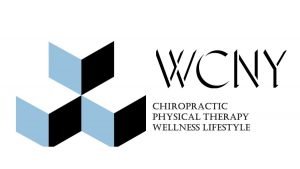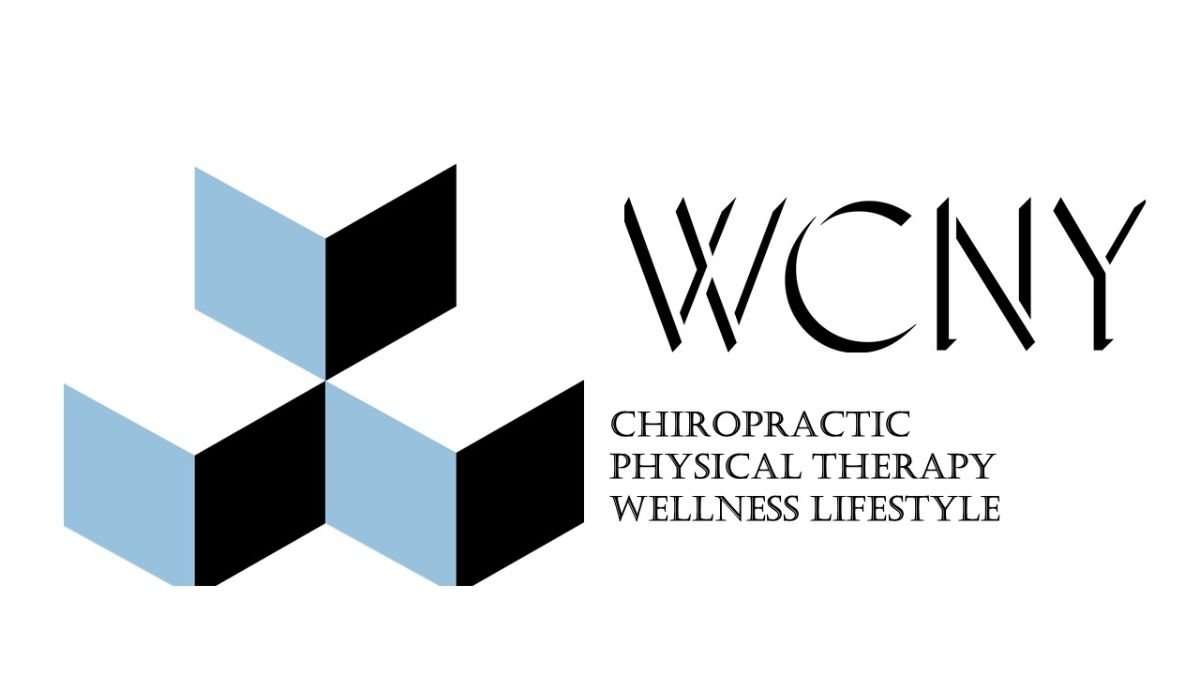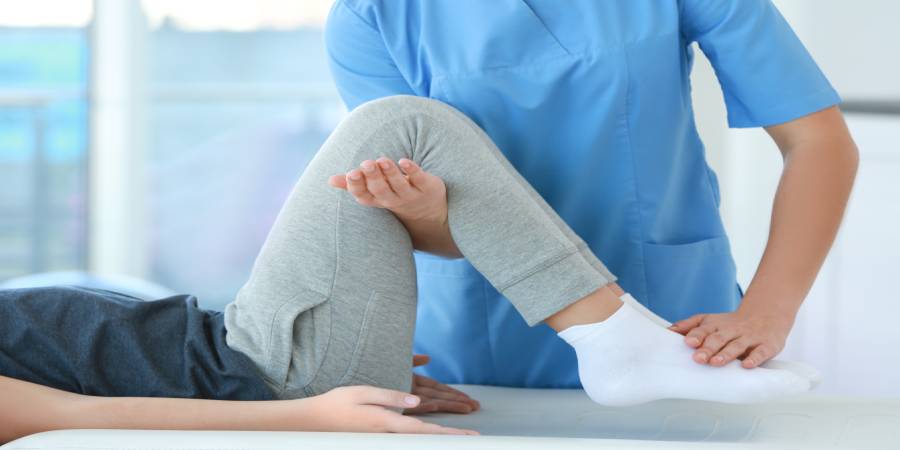Some think that physical therapy is limited to those who are recovering from surgery or injuries; however, this is definitely not the case. Physical therapy can be used for many reasons and can be beneficial for a variety of people, including those who are managing…
Some think that physical therapy is limited to those who are recovering from surgery or injuries; however, this is definitely not the case. Physical therapy can be used for many reasons and can be beneficial for a variety of people, including those who are managing age-related issues, patients recovering from surgery, or those who want to maintain their health.
Physical therapy is also good for pregnant women, as well. Many women see a physical therapist before, during, and even after their pregnancy. During pregnancy, many women experience a variety of issues including fluid retention. Some also experience swelling and pain, which can ultimately put the woman at risk of a greater risk of infection down the line.
Don’t Ignore the Pain
Many pregnant women are told that the pain and discomfort of pregnancy are common and should be ignored. Many people say that it will all go away once you have given birth.
However, research has actually shown that for approximately 80 percent of women, pain and even urinary incontinence haven’t resolved itself, even after three months postpartum. Over 76.4 percent of women also reported that these issues have continued up to 12 years following pregnancy.
With physical therapy, you can get ahead of some of these problems before childbirth and avoid many complications postpartum.
Common Areas of Pain
Some of the more common areas of pain for a pregnant woman include the pelvic girdle, the lumbar region, and the hips. Because of hormonal changes during pregnancy and their changing body mass and gravity, they may also experience muscle weakness and joint instability that can make it increasingly difficult to keep up with all the changes pregnancy brings to the table.
Coccyx pain is also a common complaint among pregnant women. Many physical therapists suggest changing the position you are in while lying down. When the coccyx is compressed, it makes it harder to move.
A physical therapist can help when there is the neck, shoulder, back, and hip pain and can provide advice on how to better handle the discomfort and pain of pregnancy.
Exercise During Pregnancy
Exercise during pregnancy is also healthy unless there is something serious going on. Even the American College of Obstetricians and Gynecologists recommend thirty minutes of moderate-intensity exercise most of the week. When pregnant women exercise, they can experience a much faster recovery after childbirth and can lose weight faster. It can also reduce problems that may occur during pregnancy.
Breastfeeding Benefits
Physical therapists can also help women who are experiencing issues with breastfeeding following delivery. During breastfeeding, the amount of blood flowing to the breasts is twice the normal amount. The area can become inflamed and this can interfere with the production of breast milk. The physical therapist can check for fluid transportation.
If you want more information on how physical therapy can help you before, during, and after your pregnancy, contact the professionals at the Wellness Center of NY for more helpful tips and advice or to make an appointment.


